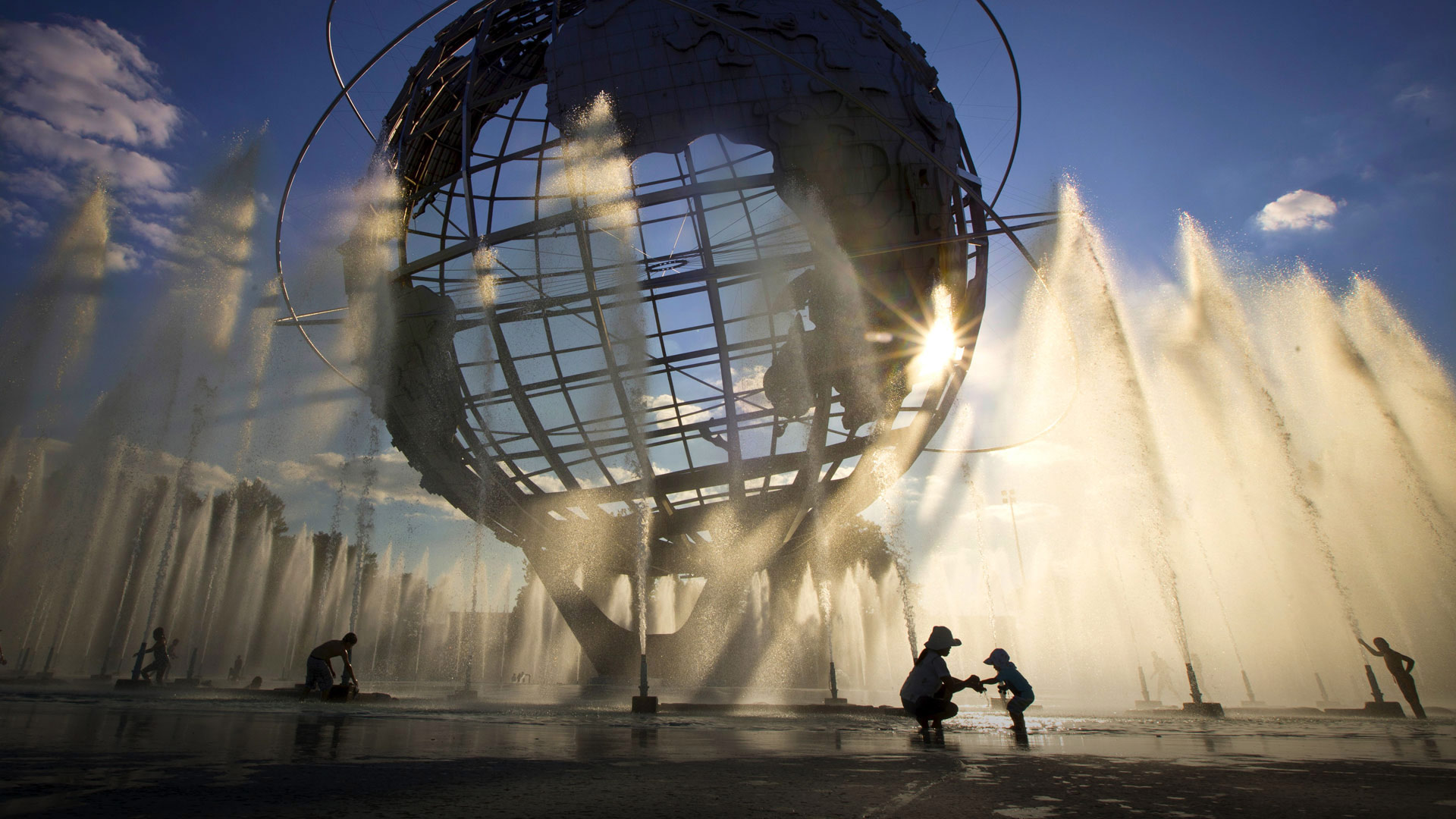PVC, or polyvinyl chloride, is a common type of plastic used in a wide range of products such as pipes, flooring, packaging, and medical devices. While PVC has many useful applications, it also poses serious environmental and health risks when incinerated. When PVC is burned, it releases hazardous chemicals known as dioxins, which are one of the most toxic substances known to humans. In this article, we will explore the dangers of PVC incineration, the risks of dioxins, and what can be done to mitigate these risks.
Dioxins are a group of highly toxic chemicals that are released when PVC is burned at high temperatures. These chemicals can cause a wide range of health problems, including cancer, reproductive and developmental disorders, immune system damage, and hormonal disruptions. Dioxins are persistent organic pollutants, meaning that they can accumulate in the environment and in the food chain over time, leading to long-term health risks for humans and wildlife.
The dangers of dioxins are well-documented, with numerous studies linking exposure to these chemicals with serious health effects. For example, a study published in the Journal of Environmental Science and Health found that people living near waste incinerators that burn PVC have higher levels of dioxins in their blood and are at increased risk of developing cancer and other diseases. In addition, a study conducted by the World Health Organization found that exposure to dioxins can have lifelong effects on children’s health, including decreased intelligence, impaired immune system function, and increased risk of developing chronic diseases.
Despite these risks, PVC continues to be burned in waste incinerators around the world, leading to the release of dioxins into the environment. In fact, according to the Environmental Protection Agency, waste incineration is one of the main sources of dioxin emissions in the United States. This poses a serious threat to public health and the environment, as dioxins can travel long distances in the air and water, contaminating soil, water, and food sources.
Given the dangers of PVC incineration, it is important for individuals and communities to take action to reduce their exposure to dioxins. One way to do this is to avoid burning PVC and other types of plastic at home or in open fires. Instead, plastics should be recycled or disposed of in a safe and environmentally responsible manner. In addition, policymakers and industry leaders should work to develop cleaner and more sustainable methods of waste disposal that do not involve the incineration of PVC.
Frequently Asked Questions:
Q: Is PVC recycling a better alternative to incineration?
A: Yes, recycling PVC is a much more environmentally friendly option than incineration. By recycling PVC, we can reduce the amount of plastic waste that ends up in landfills or incinerators, as well as the release of dioxins into the environment.
Q: What are the health risks of dioxin exposure?
A: Dioxins are known to cause a wide range of health problems, including cancer, reproductive and developmental disorders, immune system damage, and hormonal disruptions. Long-term exposure to dioxins can have lifelong effects on children’s health, including decreased intelligence and increased risk of chronic diseases.
Q: How can individuals reduce their exposure to dioxins?
A: To reduce exposure to dioxins, individuals should avoid burning PVC and other types of plastic at home or in open fires. Plastics should be recycled or disposed of in a safe and environmentally responsible manner to prevent the release of dioxins into the environment.
Q: What can policymakers do to address the dangers of PVC incineration?
A: Policymakers can work to develop cleaner and more sustainable methods of waste disposal that do not involve the incineration of PVC. They can also implement regulations and incentives to promote recycling and reduce the use of PVC in products and packaging.







